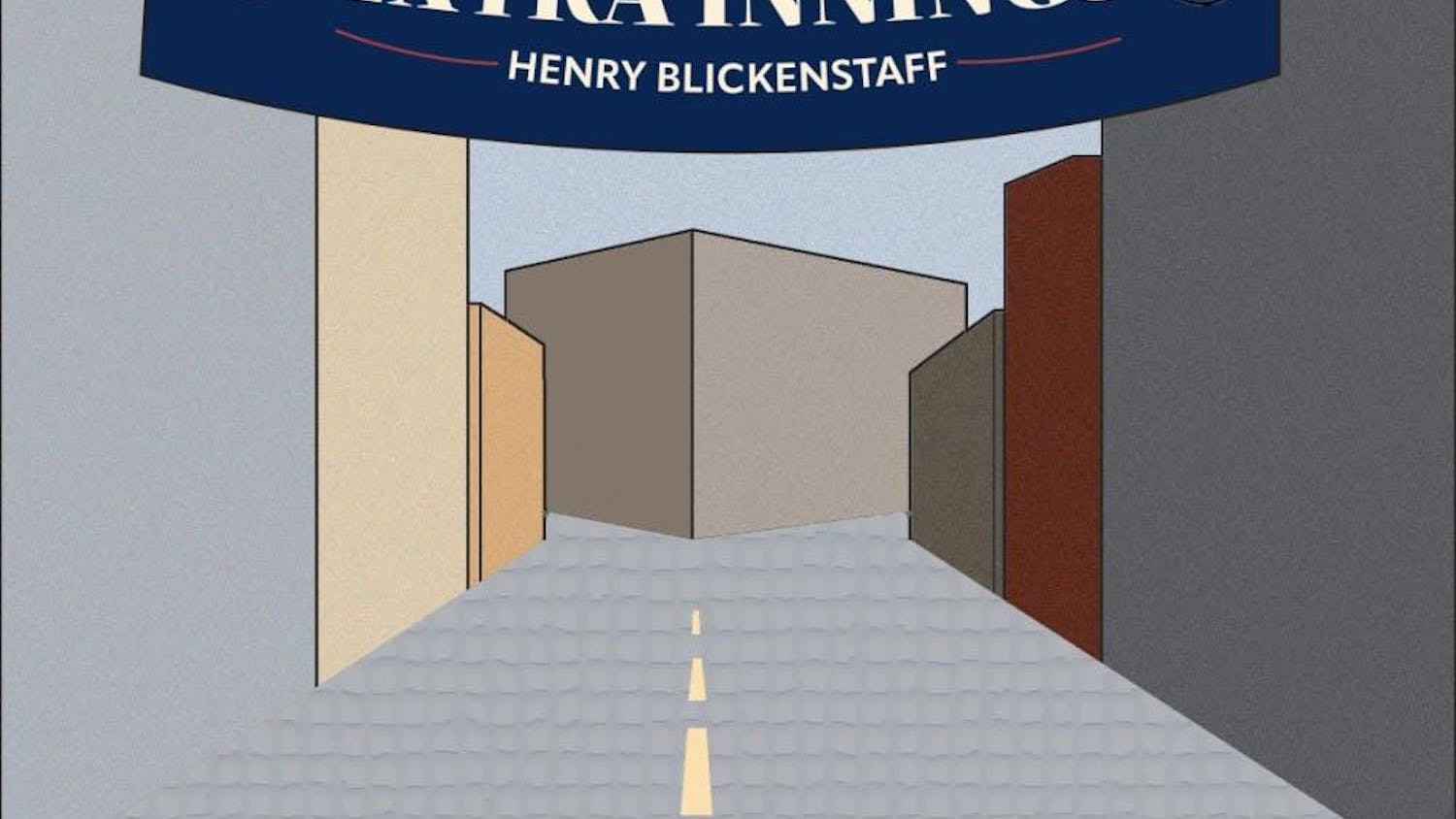The martlet is a mythical bird found primarily in English, French and German heraldry. Depending on the country, there is some dispute as to which bird species martlets belong to.
Martlets are unique in that they don’t have feet. This characteristic has lent the martlet many symbolic meanings and features in cultural rhetoric, even to the extent of romanticization.
To begin, the martlet embodies a constant quest for knowledge and learning; in academic contexts, we can apply this notion to interdisciplinary learning. It requires overflowing curiosity, which is a valuable quality for students in particular — that is why martlets appear in the coats of arms of long-established English schools such as University College at Oxford University as well as Magdalene College and Pembroke College at Cambridge.
Moreover, being footless signifies an adventurous spirit. People who are used to recreational travel, frequent occupational shifts or general vicissitudes in life often possess such a mentality. They are fearless in the face of uncertainty and oftentimes take pleasure in and excitement from this attitude. They are laudably free from institutional, social and even emotional restrictions, and are even more respectable for adopting restlessness as a lifestyle.
However, dialectically speaking, such wanderlust isn’t always an autonomous choice. The inability to pause is also a defect, for one not only loses the joy of being idle but also the chance to share their sentiments with those who can perch or those who have already settled down.
Take Travis in the 1976 movie “Taxi Driver,” for example. He is a “drifting person” in both physical and psychological terms. He works from six in the evening until six in the morning, wandering through the streets and alleys of New York City because he can’t sleep well on his own bed. But he concentratedly engages in an incredible amount of profligacy, imprudence and violence at night — which only worsens his situation.
Martlets might not need a home, or rather, they are in a perpetual state of finding a home. They might become tired of the wonders along with the dangers they meet midair. They might want to remember the passing faces. They might just feel exhausted by flying nonstop.
Martlets are pathetic in that they seek a ‘way out’ but can never achieve their goal. The worst thing is this: They cannot do anything to reverse situations and can only work harder and harder. When they see the vast availability of roosts in the forest but are incapable of resting on any of them, the delight they obtain via adventures may not be so delightful.
A bummer is that a theory suggests that martlets were imagined to be footless for the purpose of freeing up the sometimes-limited space on coats of arms on which they regularly appear, especially when an orle of martlets serves as a decorative border of a coat of arms. The theory suggests that this pragmatic approach eventually became the norm over time, rendering the martlet forever footless.







